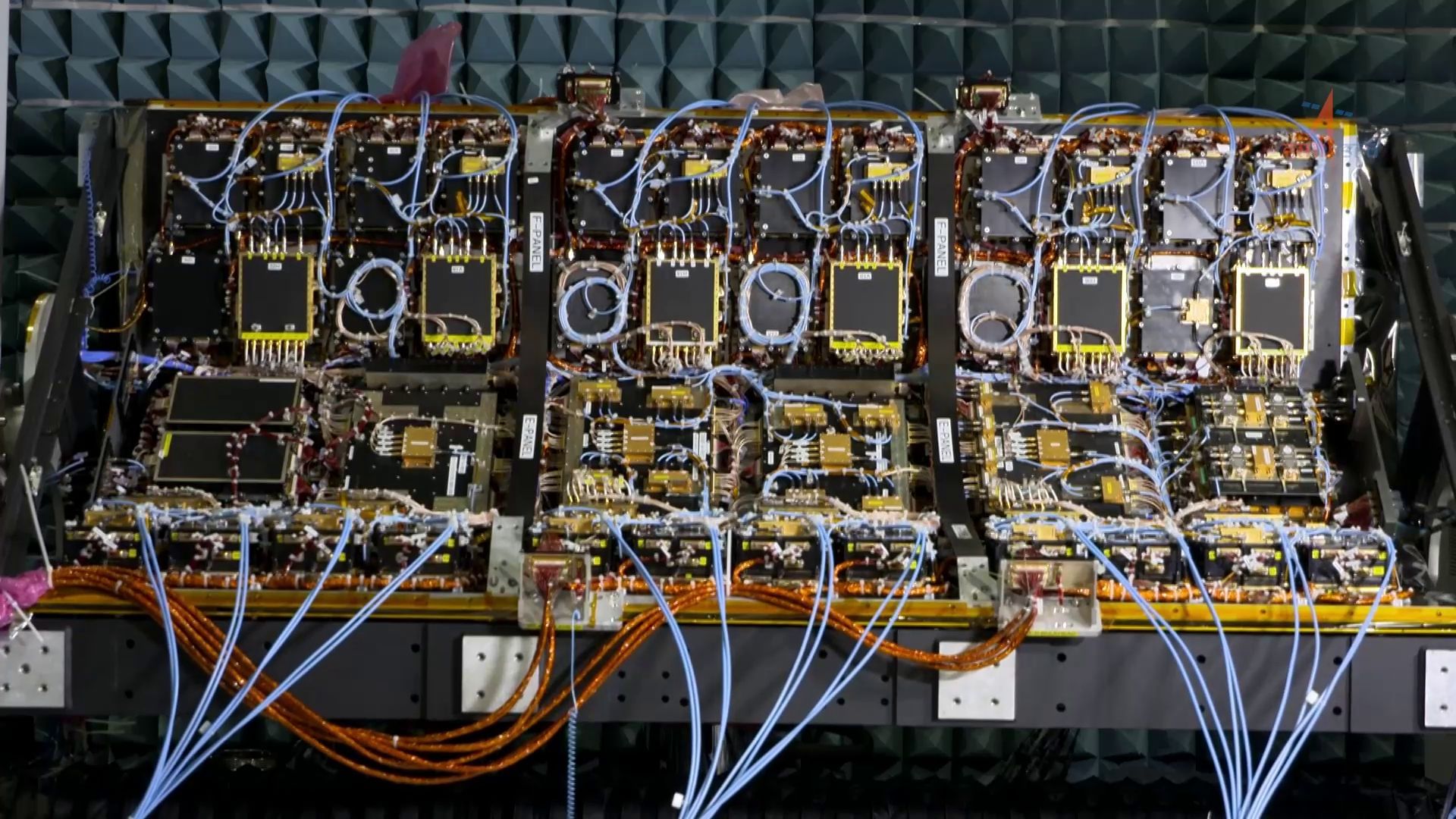New Delhi: Last week, the NASA-ISRO Synthetic Aperture Radar (NISAR) satellite was injected precisely into a Sun Synchronous Polar Orbit (SSPO) at an altitude of 745 kilometres. The satellite was deployed after a nominal flight from ISRO’s GSLV-F16 rocket that lifted off in clear weather conditions from India’s spaceport on the barrier island of Sriharikota. NISAR is the first collaboration of its kind between NASA’s Jet Propulsion Laboratory, the foremost space research establishment on the planet, and ISRO’s Space Applications Centre (SAC) in Ahmedabad. SAC has now released a documentary called NISAR for Humanity that can be downloaded directly from the SAC website or viewed below.
A requirement for an Earth Orbiting Satellite to monitor variations in the surface, the cryosphere and forest cover was identified in 2007 by a committee of scientists, with JPL initially considering a satellite with both lidar and radar payloads. After exploring cooperation opportunities with Germany, Japan and Argentina, JPL decided to spin out the lidar instrument into another satellites, and focused on radar for what was to become NISAR. NASA approached ISRO with the plan of using ISRO’s satellite and rocket to deploy the radar payload, but scientists from SAC negotiated a more equitable partnership, where ISRO got to make a payload as well.
An asset for the human civilistion
The NISAR mission uses an innovative SweepSAR technology developed by JPL that provides wide area coverage, without compromising on fine spatial resolution. The satellite will be able to monitor the deformations associated with landslides, earthquakes and volcano eruptions, and may be able to predict them too. The satellite will also be able to track the speed and direction of movements of the polar ice sheets and mountain glaciers as well. NISAR also has the capabilities for peering through forest cover, and better understand the health of vegetation, tracking the carbon cycle. The data gathered by the NISAR mission will be made publicly available by both NASA and ISRO.
